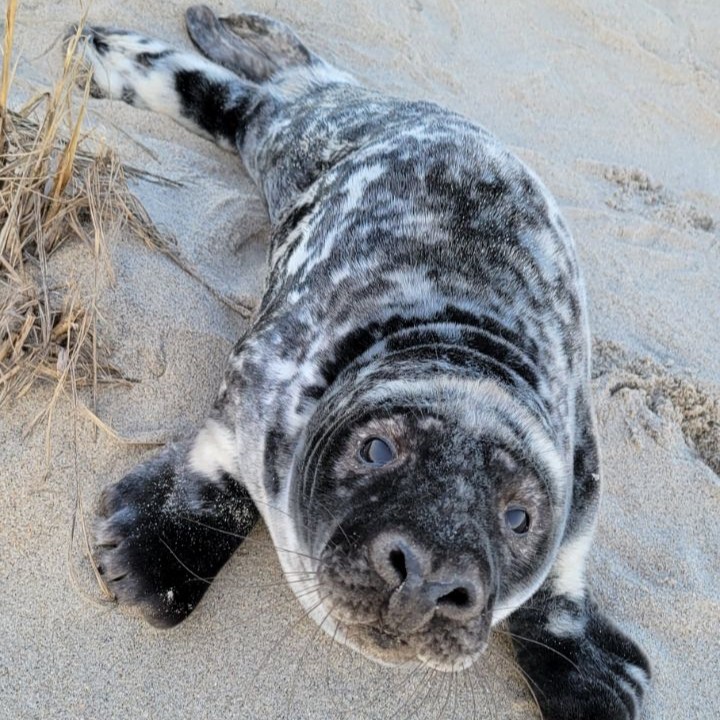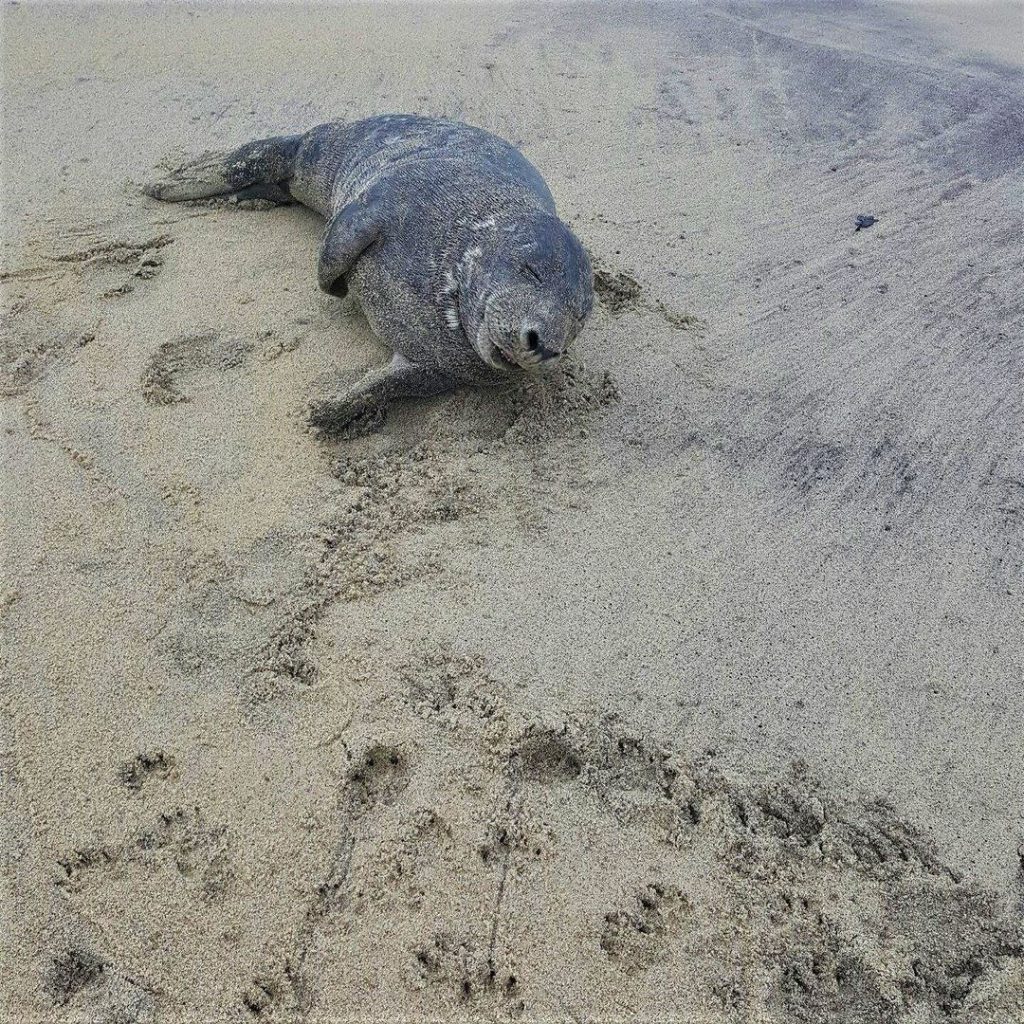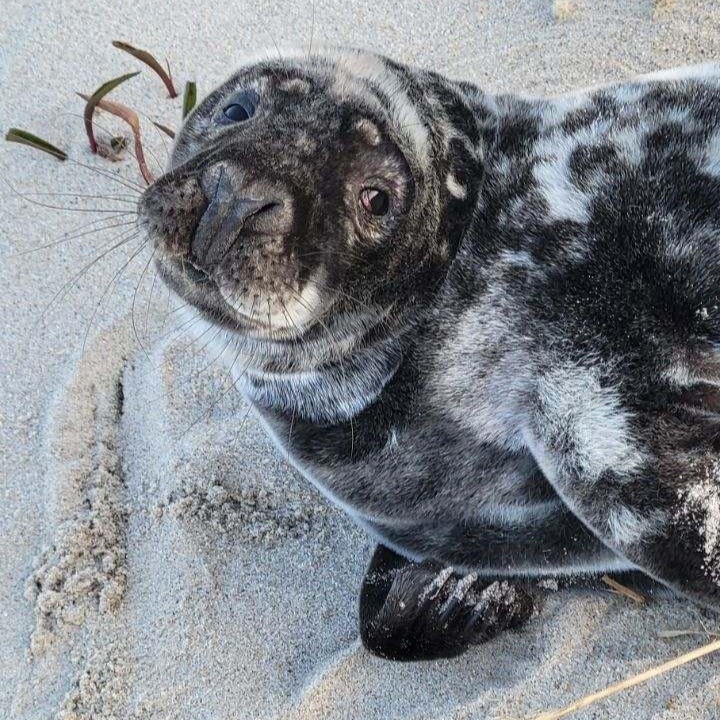The Jersey Shore is place where millions come to rest and relax. For some of the state’s most common visitors, however, a day on the beach is much more valuable in January or February than July or August.
Those visitors come in the form of several seal species – primarily harbor seals in our immediate area – that come out of the water to, very literally, take a rest on the sand. They can also sometimes be found on sunny winter days catching a few rays on boat docks in the back bays and rivers. A seal who has emerged from the deep is not necessarily hurt or sick, though some are, and the rule of thumb is always to keep one’s distance.
But if you’re a resident or visitor who just wants to make sure the cute-but-potentially-dangerous creature on the beach is in good health, there are ways to handle the situation, as the Marine Mammal Stranding Center in Brigantine announced this week as a cold snap has brought more seals into view.
|
|
First and foremost, the MMSC said, beyond avoiding getting too close to a wild seal on the beach, no one should attempt to move a seal that appears “stranded” back into the water. Like humans, seals can drown if taken by surprise or if they find themselves unable to muster up the energy to handle the ocean’s currents.
“They are resting on the shore for a reason,” the announcement said. “If you push a sick, tired, injured or young seal into the water, it might drown.”
According to the center, seals must rest on land to regain their energy after long rounds of swimming and diving as they hunt for fish to eat, and they know when to return to the water on their own. In fact, seals spend a minimal amount of time with their mothers, and are generally on their own within two weeks.
Grey seals, like the one pictured above, “follow the fish south, 300 miles or more” depending on their birthplace, with many reaching the Shore area.
The MMSC took some poetic license in their announcement, putting themselves in the shoes – well, flippers – of such a grey seal that might be rest on the sand. A photo of one of these seals appears above.
“When I’m done hunting for fish, it is very important that I get lots of rest on land to let my body recover as the rest of my organs go back to work filtering my blood and replenishing my oxygen stores,” the “seal” said. “So now I am very tired, and I have hauled out on this beach to rest and regulate my body temperature before moving on. Before now, I have not had much experience with humans. They are alien to me, standing very tall on two legs and making loud sounds. I have learned that when the humans are around, I must stay vigilant, which makes me even more tired. Sometimes I even have to flee back into the ocean before I am ready because I am so nervous!”
The MMSC also warns humans about letting their dogs interact with seals. While one undeniably cute animal interacting with another might make for a good photo, it can have disastrous consequences. Seals and dogs would likely consider each other enemies.
“We are natural enemies and can hurt each other very badly,” the “seal” went on to say. “I am a carnivore with very sharp teeth to hunt live fish, so I don’t need you to try to feed or pet me, I will bite you if you get too close.”
While many seals are just taking a rest before returning to sea, some seals do find themselves stranded, suffering from an illness, an attack by a predator or even an unexpected encounter with a boat. The seal in the photo above did, indeed, need some help.
“This photo was taken by our stranding team responding to a call for a seal in distress a few seasons ago,” the center said. “The pawprints and footprints in the sand tell the story of why this little one was so exhausted. Fortunately, a concerned bystander called us to rescue the seal, who made a full recovery and was able to be returned to the wild.”
It’s natural for humans to want to help, and the center over the years has assembled a small army of experts and volunteers across the state who can deploy to local beaches and safely check on seals.
The stranding center, based in Brigantine, has been organizing both rescue and public outreach efforts for years, and operates a medical facility including surgical and intensive care units to nurse marine mammals back to health. There is a way to help a seal if you believe they are in need, but it is always advisable to stay at least 150 feet away from a seal laying on the sand, the center said.
The center operates a 24-hour hotline at 609-266-0538 to report seal sightings, which will allow the center to have a trained person check up on our winter sunbathing friends.

Advertisement

Police, Fire & Courts
Teacher From Brick, 36, Charged With Carrying on Affair With Student
Brick Life
Adult Autism Transition

Police, Fire & Courts
Teacher From Brick Charged in Another Sex Affair With Student











